The 10 Coolest Business Analytics Tools Of 2022
Businesses are seeking more efficient ways to analyze and leverage data for competitive advantage. Here are 10 of the coolest business analytics tools that can help.

Detailed Analysis
Businesses and organizations increasingly rely on data and data analysis for everything from making day-to-day business decisions to long-range strategic planning. Data analytics also plays a critical role in major initiatives like business process automation and digital transformation.
The market for big data and analytics software and services reached $90 billion in 2021 and is expected to more than double by 2026, according to market researcher IDC. That presents significant opportunities for the channel.
A major challenge today is finding business analytics tools that can be used by a broad range of information workers and can work with data that’s not always neatly packaged or easily accessible.
Today’s business intelligence software goes far beyond the basic reporting capabilities of BI tools of the past. They incorporate AI and predictive analytics capabilities, may be embedded within operational applications, and can work with huge datasets that may be scattered across hybrid-cloud/multi-cloud systems around the world.
Here’s a look at 10 business analytics tools, some from startups and some from established companies, some new and some updated, that caught our attention in 2022.
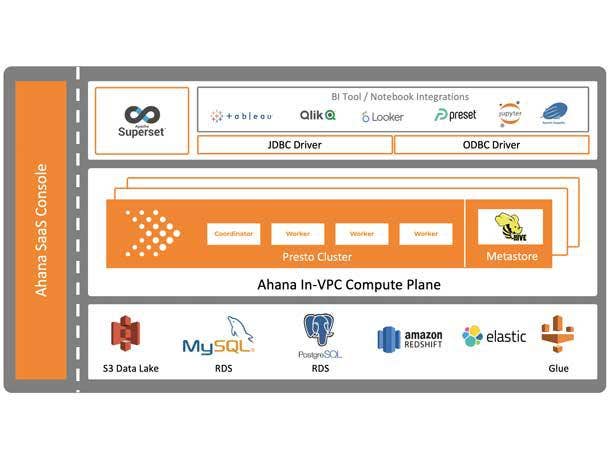
Ahana Cloud for Presto Community Edition
Ahana develops Ahana Cloud for Presto, a data analytics managed service for querying data stored in AWS S3-based data lakehouses. (Presto is an open-source, high-performance, distributed SQL query engine.)
In June the company debuted Ahana Cloud for Presto Community Edition, a free version of the company’s service that the company said makes it easier for businesses and organizations to get started with a data lakehouse system using open-source technology.
The open-source edition provides many of the same components of Ahana’s commercial offering—minus some of its enterprise capabilities—to simplify the implementation of a Presto-based data lakehouse system around data stored in AWS S3.
Capabilities in the new offering include distributed Presto cluster provisioning and tuned out-of-the-box configurations for multiple data sources such as the Hive Metastore for Amazon S3, Amazon OpenSearch, Amazon RDS for MySQL, Amazon RDS for PostgreSQL and Amazon Redshift.
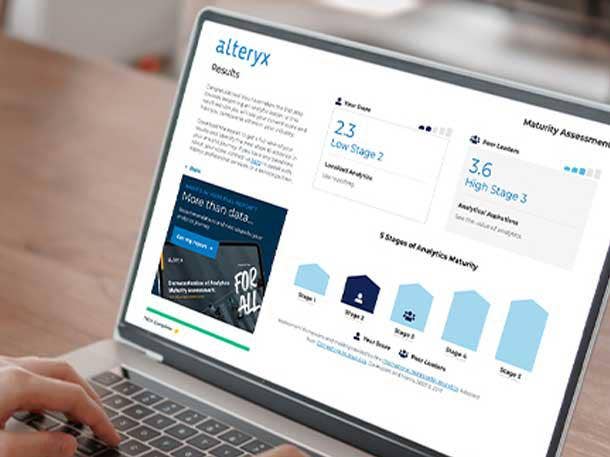
Alteryx Analytics Cloud
Automated analytics platform developer Alteryx launched Alteryx Analytics Cloud in March, offering a cloud-based analytics automation platform that the company said brings analytical insight to a broad swath of users throughout a business organization.
The cloud suite, which information workers can access using a browser, combines Alteryx Designer Cloud (powered by Trifacta data engineering—Alteryx acquired Trifacta in February 2022), Alteryx Machine Learning and Alteryx Auto Insights all combined into one unified offering.
The new cloud service is based on the company’s flagship Alteryx Analytic Automation Platform that unites data analytics, data science and process automation in a single system with low-code/no-code capabilities.
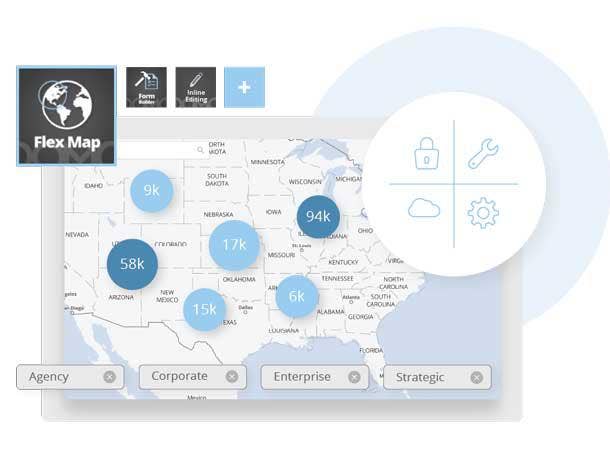
Domo Data Apps
Domo’s flagship offering, the Domo Business Cloud, integrates data from multiple sources to provide analytical insight and workflows for business tasks.
This year Domo launched what it calls Data Apps, low-code data tools that the company said bring the benefits of data-driven decisions and actions to workers who are “underserved” by traditional business intelligence and analytics systems generally designed for executives, managers and analysts.
Data Apps combine data, analytics and workflows to create personalized experiences for workers using a mobile device or embedded within another application. Domo cited an example of a shop floor worker who can use a Data App to meet quality and safety goals during production. Or a restaurant manager, using their phone, can act on real-time insight about customer satisfaction scores.
The first four Data Apps, unveiled in March, were Retail Store Performance and Operations, Retail-Vendor Brand Performance and Insight Sharing, Supply Chain Collaboration and Operations, and Banking Customer Profitability and Behavior Analytics.
In addition to Data Apps, Domo added a number of new capabilities to the Domo Business Cloud platform including multi-cloud functionality, universal data modeling, a data governance toolkit, and integrations with Microsoft Office Suite and Microsoft Teams.
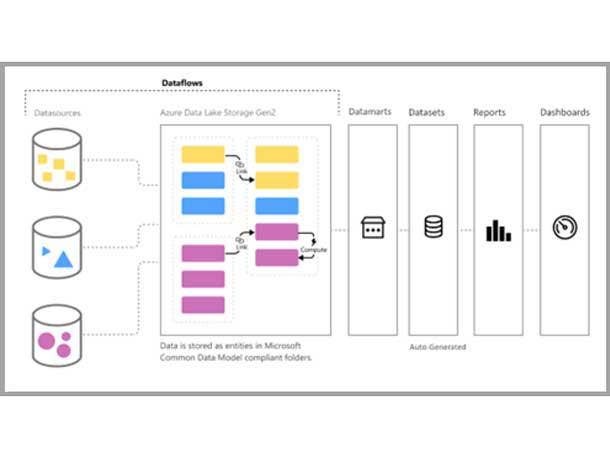
Microsoft Power BI Datamart
Power BI is Microsoft’s popular interactive business intelligence and data visualization tool. At the company’s annual Build conference in May, Microsoft unveiled Power BI Datamart, a new self-service data analytics offering within the Power BI ecosystem that’s expected to take self-service business analytics to a new level.
Datamarts are databases loaded with data about specific subjects for business analytics tasks. The datamart concept has been around for years—in the late 20th century some proponents championed datamarts as a more practical alternative to large-scale data warehouses.
Power BI Datamart combines Microsoft’s Dataflow, Azure SQL Database and Power BI Dataset with a web user interface that allows nontechnical users to build datamarts without any coding. Users can perform data extract, transform and load (ETL) tasks, and create the datasets and semantic models needed for data analysis—all without assistance from IT.
Power BI Datamart is in public preview and will be offered as part of Power BI Premium.
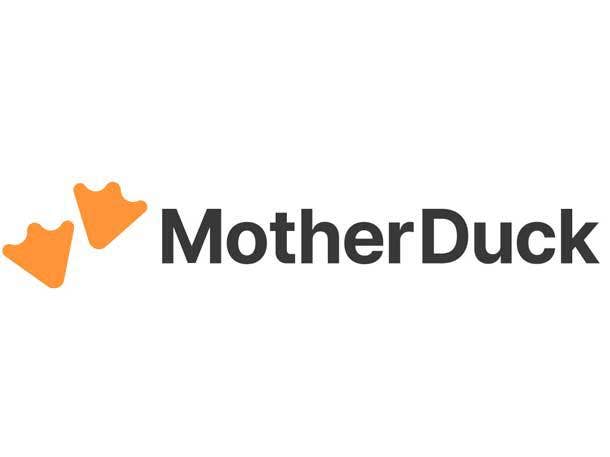
MotherDuck
Startup MotherDuck is developing a serverless data analytics system built around DuckDB, an open-source, in-process SQL OLAP database management system.
As an in-process database, according to the company, DuckDB is a storage and compute engine that developers, data scientists and data analysts can use to perform rapid data analytics—using standard SQL—on data wherever it resides. Designed as an analytics database, DuckDB is optimized for read operations, stores data in a compressed columnar format, performs updates in a transactional ACID-compliant fashion, and provides the best performance for large-scale aggregations.
The goal of the MotherDuck analytics software is to allow users to leverage the power of any CPU—even on their laptop computer—to analyze data that resides on their own computer, in a corporate database or in the cloud.
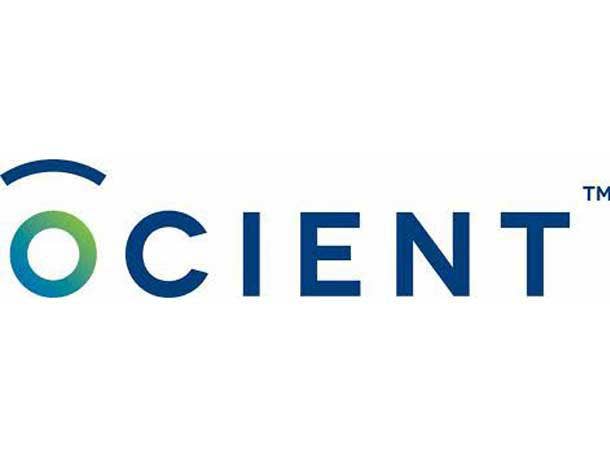
Ocient Hyperscale Data Warehouse
The Ocient Hyperscale Data Warehouse is designed to transform, load and analyze petabytes and even exabytes of data—trillions of data records—in interactive time.
The Ocient system works by bringing data storage adjacent to compute, allowing the system to maximize performance and, according to the company, perform previously infeasible queries in seconds. It’s capable of indexing huge volumes of structured and semi-structured data and making it available for analysis through a SQL interface and open connections to visualization tools.
In July Ocient released version 20 of the data warehouse system with a number of significant new features and optimizations including a suite of indexes to boost performance of the Compute Adjacent Storage Architecture. The system now supports native complex data types and provides capabilities to create data pipelines at scale for faster, more secure analysis of log and network data for multi-petabyte workloads.
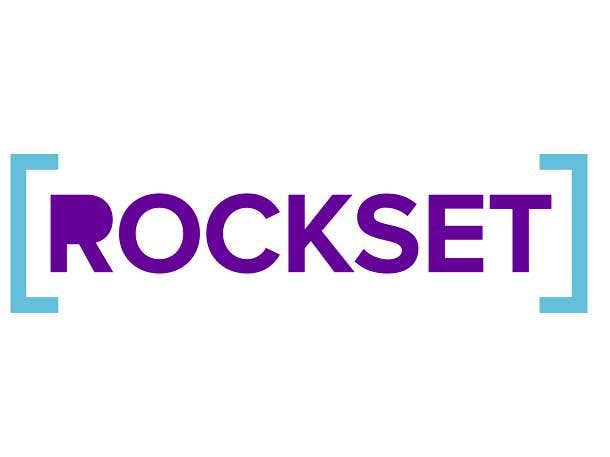
Rockset
Rockset, from the company of the same name, is a cloud-based system that provides rapid analytics capabilities for real-time data. The database at Rockset’s core allows users to search, join and aggregate data at scale with sub-second response time, according to the company.
Through 2022 Rockset continued to build out links to additional data sources including data connectors to the Microsoft Azure cloud platform and SQL Server database, the Snowflake Data Cloud platform and the Amazon Managed Streaming for Apache Kafka service.
In November Rockset provided a new release of its software that leveraged Intel’s third-generation Xeon Scalable processors with built-in AI accelerators, resulting in 84 percent faster performance.
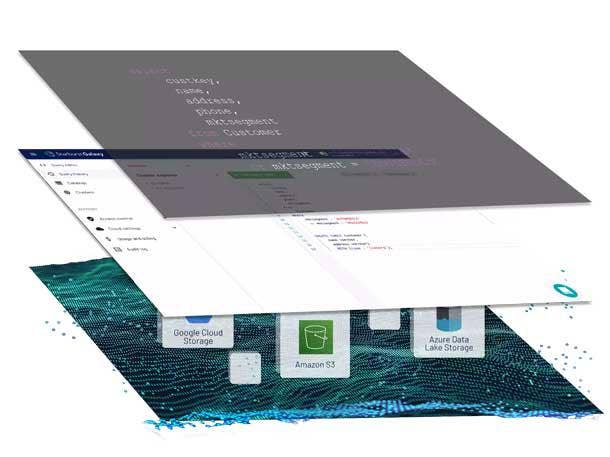
Starburst Galaxy
In November Starburst expanded the capabilities of its cloud-based Starburst Galaxy massively parallel processing query engine. The fast-growing Galaxy, which debuted in 2021, can interactively query multiple data sources (including Amazon S3, Azure Data Lake Storage and Google Cloud Storage) with a single SQL query. Galaxy has also become a popular tool for carrying out data analysis tasks on data lakes or data lakehouse systems.
Topping the list of enhancements, now in public preview, are a number of additions to the foundational Data Products features in Galaxy including new data and schema discovery and data privilege capabilities, which Starburst said simplify and streamline traditional extract, transform and load processes for data curation.
A new catalog explorer feature enables users to search and understand what data they have, where it resides and where it came from. And the new granular access control functionality allows data administrators to see and understand who has access to what data and how the data is being used.
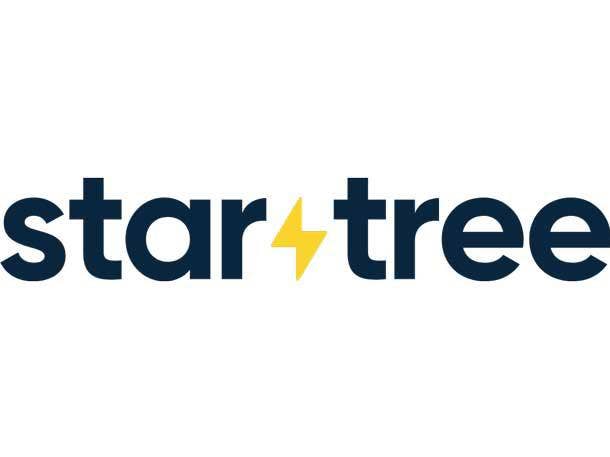
StarTree
StarTree is a real-time data analytics platform based on Apache Pinot, an open-source, real-time distributed OLAP datastore. StarTree performs analysis on data from batch and streaming data sources for real-time applications including personalization, business metrics, anomaly detection, user-facing analytics and ad hoc analysis.
The platform includes Pinot, a no-code, self-service data manager; and the ThirdEye anomaly detection, monitoring and interactive root-cause analysis tool. The company also offers a free community edition that includes Pinot and ThirdEye.
The cloud-based StarTree product is offered by the startup of the same name. StarTree was founded in 2018 by the original developers of Apache Pinot including CEO Kishore Gopalakrishna.
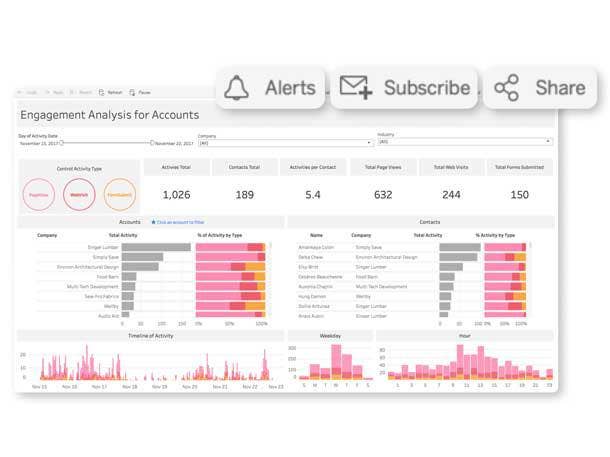
Tableau Cloud
Tableau Cloud, a cloud-based version of Tableau’s popular data analytics and visualization software, is the next generation of what was previously known as Tableau Online.
Tableau Cloud, launched in May, is connected to the Salesforce Customer 360 system and underlying Salesforce Customer Data Platform, making it possible to analyze customer data—including sales data, service case data and data from marketing campaigns—and then use Salesforce Flow workflow automation applications to act on the analytical results.
Tableau also added a number of new capabilities to the core Tableau platform that are designed to bring data analytics to a wider audience. That includes an AI-based augmented-analytics feature that adds automated, plain-language explanations to Tableau dashboards at scale.
Tableau has also offered previews of Model Builder, powered by Salesforce’s Einstein Discovery AI and machine learning technology, for building predictive analytical models.